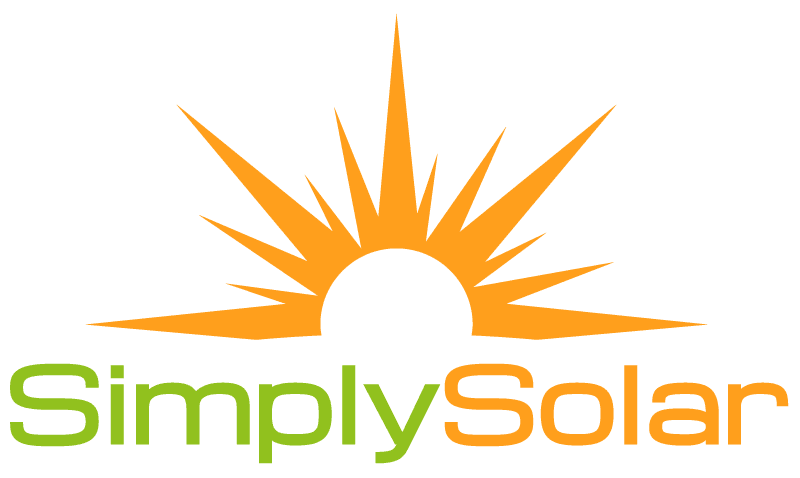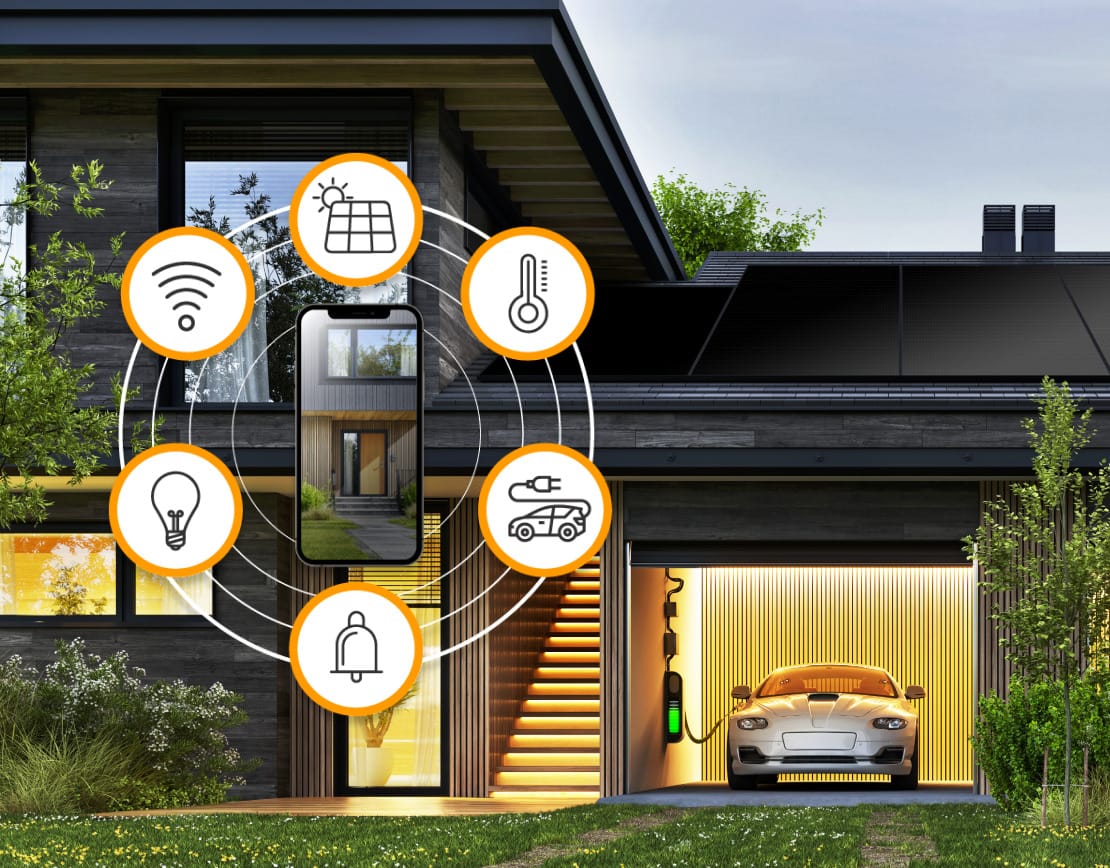You may have heard the SGIP mentioned in connection with other solar incentive programs, but unless you’re an industry insider, you may not be familiar with each and every financial incentive program and clean energy initiative that the state and federal government offers to homeowners.
However, even those who have heard of the SGIP may not be fully aware of just how broad their coverage is, and based on a number of factors, your home may be eligible for utility backed benefits! Let’s explore the SGIP program, and uncover why this particular solar incentive is so potent.
What is the SGIP?
The Self-Generation Incentive Program, or SGIP, is a program backed by the CPUC for the purpose of providing rebates to customers for installing qualifying distributed energy systems. This means that homes with solar installations and battery storage systems, designed to operate in a power outage, are eligible for an initial rebate, with additional incentives for those who are impacted by other critical factors.
Why should I care about SGIP?
The SGIP is an incredibly impactful program, but for some time the program has been difficult to apply for, requiring utility customers to do extensive research and attempt to navigate a complicated application process. In the past, Simply Solar has offered assistance to homeowners who were interested in attempting the qualification process, but few residents were actually interested in taking on such an intense process - and with good reason! However, the program has shifted in recent years, and now installers are the ones who handle SGIP applications for their customers. This has made the process much more accessible, and in turn much more desirable.
There is also the issue of increased funding - the SGIP recently received authorization for more than $1 billion dollars of CPUC funding through 2024 for wildfire preparedness measures, which means the program is in a position to accommodate more new applicants. That additional funding is in a prime position to serve customers who apply, and will go towards paying out on the three levels of SGIP rebates, depending on what the customer qualifies for.
General Market Rebate
The General Market Rebate is available to residential customers of California utilities, including PG&E, SCE, SoCalGas, and SDG&E. It offers a rebate of roughly $250/kWh, covering approximately 25% of the cost of an average energy storage system, like a solar battery. While the newer, higher rebates are available to those with increased need, this General Market Rebate is available to any residential utility customer.
Equity Rebate
The Equity Rate is one of the two new rebate tiers adding additional support to SGIP funding. Eligible homeowners are qualified to receive $850/kWh, increasing the coverage of the rebate to approximately 85% of the cost of an average energy storage system. This rebate has a higher barrier to entry, but provides substantial coverage.
Equity Resiliency Rebate
The Equity Resilience Rebate is the second of the two new rebate tiers which add additional support to the general SGIP funding. Homeowners who qualify will receive a rebate of $1000/kWh, which is estimated to cover close to 100% of the cost of an average energy storage system. This is for customers who have specific needs, but there are many who don’t realize that they already qualify for this coverage.
Who qualifies for SGIP?
This is the most critical part of this guide, as qualifying for even one of the two higher tiers of the SGIP represents a significant savings for any California resident. Luckily as we stated above, the General Market Rebate is available through a solar provider for any utility customer, so at base you should be getting a strong rebate on your solar + storage investment.
Qualifying for the Equity Rebate
Beyond the baseline qualification, there are some things to consider. To access the Equity Rebate, you need to meet one of the following criteria:
- You live in a single-family home and your home is subject to resale restrictions.
|
- You live in a single-family home and have already participated in or have reserved incentives in the Single-family Affordable Solar Homes (SASH) or Disadvantaged Communities –Single-family Solar Homes (DAC-SASH) program.
|
- You live in an apartment that is considered low income housing and includes at least five rental units, and you must either be located in a Disadvantaged Community (DAC)* or at least 80 percent of the apartment building residents have incomes at or below 60 percent Area Median Income.
|
- You live in an apartment and your property has already participated in the Solar on Multifamily Affordable Housing (SOMAH) Program or the Multifamily Affordable Solar Housing (MASH) Program.
|
- You live anywhere in California Indian Country.
|
*Source: CPUC
Meeting any of these criteria means you are eligible for the SGIP Equity Rebate!
Qualifying for the Equity Resiliency Rebate
The Equity Resiliency Rebate is a potent financial incentive for solar + storage, and there are some surprising criteria that California residents may meet without even knowing it. Qualifying for this rebate requires you to meet one either/or criteria, plus have one additional criteria from a list of factors that may relate to your situation without you realizing. Here is what you need to be eligible for this high tier rebate:
| You have experienced two or more utility Public Safety Power Shut-offs (PSPSs) OR live in a Tier 2 or 3 High Fire Threat District (HFTD). |
You must meet one of the above criteria, AND one of the following additional criteria:
- You live in multifamily deed-restricted housing or a single-family home subject to resale restrictions.
|
- You are currently enrolled in a utility Medical Baseline Program
|
- You have notified your utility of a serious illness and/or life-threatening condition.
|
- You have received or reserved other solar-related incentives (including SASH, DAC-SASH, MASH, or SOMAH programs).
|
- Your home relies on electric pump wells for water.
|
*Source: CPUC
As you can see, there are a number of unique qualifying factors in this list that you may qualify for without even realizing. To help you further understand whether or not this rebate would apply to you, let’s break down a few of those key qualifying criteria, and learn how to confirm if they apply to you!
High Fire Threat District
The High Fire Threat District is a map of areas impacted by wildfire activity. If your home is located in one of the tier 2 or 3 zones, you are one step closer to receiving your SGIP funding. Battery storage is a critical component of fire safety and preparedness, as battery storage works with your solar system even when the grid is down, allowing you to maintain power in emergency situations. This could be critical for keeping crucial machinery active and for charging your EV in case you need to evacuate. To see if your home is located within an HFTD, you can use our SGIP Qualification tool.
Medical Baseline
Utility customers with special medical needs are eligible to receive this rebate as access to power may be required to maintain the operation of medical equipment. Medical Baseline status provides utility customers with additional energy at the lowest possible rate, in addition to advanced PSPS shut off notification. There is a large list of qualifying medical conditions and devices which would grant you access to Medical Baseline status, many of which are more common than you may think. Take a look at this list of just a few qualifying examples:
- Paraplegic, hemiplegic, or quadriplegic condition
- Multiple sclerosis with special heating and/or cooling needs
- Scleroderma with special heating needs
- Life-threatening illness, compromised immune system, or other condition that requires special heating and/or cooling
- Motorized wheelchair/scooter
- Hemodialysis machine
|
- Asthma and/or sleep apnea
- IPPB or CPAP machines
- Respirator (all types)
- Iron lungs
- Dialysis Machine
- Nebulizer
|
You’ll need to coordinate with the utility and your installer to enroll in this program, but if you are one of the many California residents who relies on medical equipment to treat your qualifying medical conditions, you could end up qualifying for this incredible solar + storage incentive.
How to access your SGIP Rebate
If you are interested in making use of these SGIP rebates for your own solar + storage project, you’re in luck - the application process has recently been improved to take the burden off of the utility customer! Those who want to access this energy incentive program can contact their preferred solar installer and have them handle the application process. SGIP applications are just part of the financial incentive process, and an experienced installer can help you take advantage of this program, plus all the other federal and state benefits for clean energy adopters. To get started on your very own solar + storage project, schedule a free consultation today!



